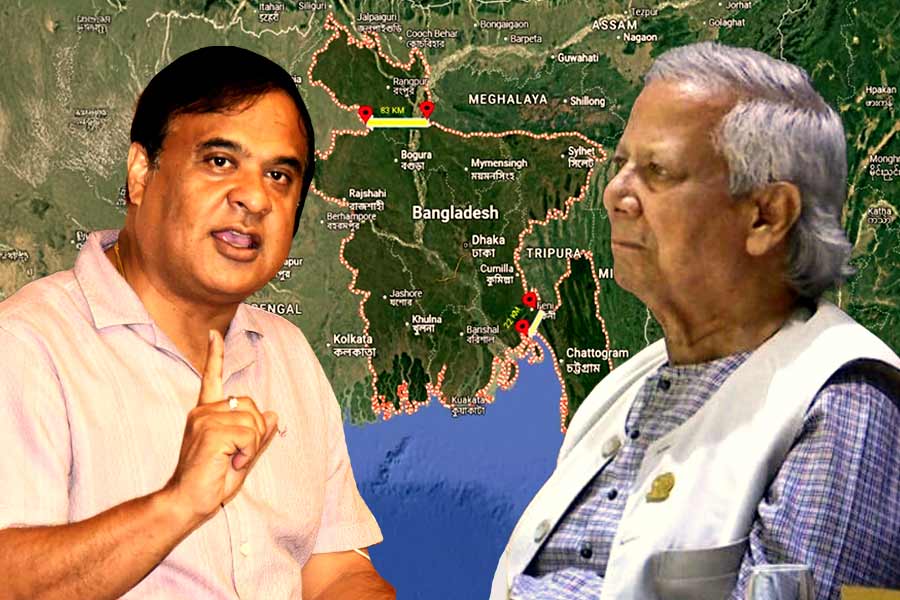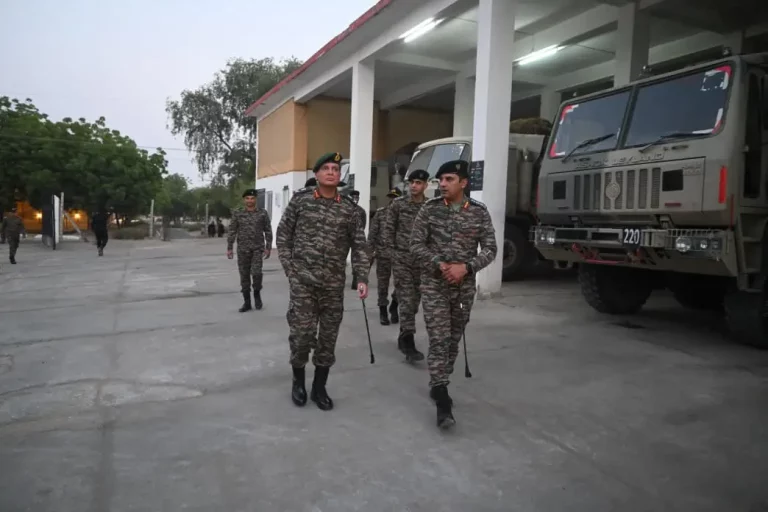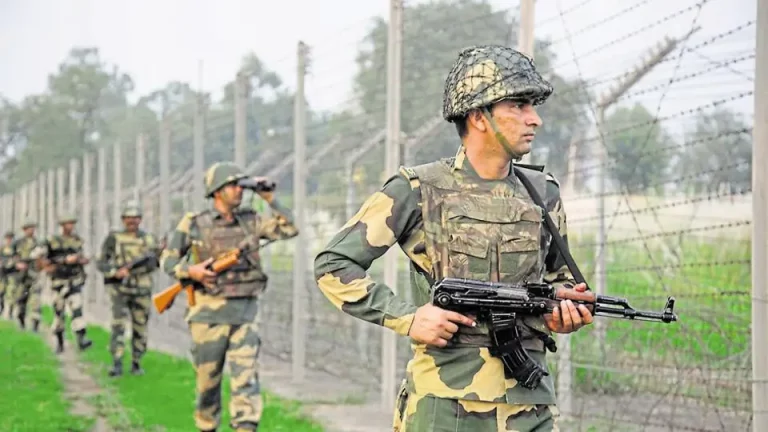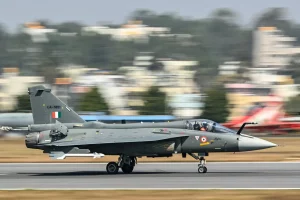Assam Chief Minister Himanta Biswa Sarma has highlighted significant strategic vulnerabilities within Bangladesh, focusing on two pivotal geographic corridors that could be threatened in the event of regional conflicts. His statements, made recently, draw attention to the rising tensions concerning India’s own Siliguri Corridor and China’s increasing movements in Bangladesh.
Sarma pinpointed the North Bangladesh Corridor, an 80 km stretch from Dakhin Dinajpur to the South West Garo Hills, and the 28 km Chittagong Corridor, which connects South Tripura in India to the Bay of Bengal. These corridors hold substantial strategic importance, similar to that of India’s Siliguri Corridor. The Chittagong Corridor serves as the sole land route linking Bangladesh’s commercial hub in Chittagong to its capital, Dhaka.
Sarma emphasized the need for those who often criticize India’s reliance on the Siliguri Corridor to consider these vulnerabilities in Bangladesh. He stated, “Any disruption here could have significant consequences for Bangladesh,” suggesting that the geographical fragility of Bangladesh’s terrain is frequently overlooked in strategic evaluations.
India’s Siliguri Corridor, a narrow strip measuring 20-22 km in West Bengal, connects the Indian mainland to its Northeastern states and is bordered by Nepal, Bhutan, and Bangladesh. This corridor has been viewed as a strategic weakness, particularly following the 2017 Doklam standoff, with growing concerns over China’s deepening involvement in Bangladesh.
Recent developments, including reports of China assisting in the revival of a World War II-era airbase in Lalmonirhat—approximately 135 km from the Siliguri Corridor—have heightened Indian apprehensions. This assistance follows remarks from Bangladesh’s interim Chief Advisor Muhammad Yunus, who characterized India’s Northeast as “landlocked” and hailed Bangladesh as the “only guardian of the ocean” for India, Nepal, and Bhutan, promoting greater Chinese investment and further complicating India-Bangladesh relations.
Sarma’s comments coincided with a high-level meeting with Prime Minister Narendra Modi, indicating concerted efforts at the highest tier of government. This aligns with India’s strategic initiative to diversify its connectivity options and reduce reliance on the Siliguri Corridor through the development of alternative railway routes traversing Nepal and Bangladesh.
Indian military leaders have reaffirmed the importance of securing the Siliguri Corridor, with Army Chief General Upendra Dwivedi stating that the area is fortified, ready to respond aggressively to any threats. The Indian Army retains rapid deployment capabilities across West Bengal, Sikkim, and the Northeast.
The implications of Sarma’s remarks have sparked significant discourse among analysts, with some interpreting them as a strategic message toward Bangladesh regarding their shared geographic vulnerabilities. Conversely, others warn that such public declarations could complicate diplomatic relations at a time when Bangladesh is grappling with economic challenges and sweeping political changes under an interim government.
As China’s influence expands in South Asia, Sarma’s comments accentuate the evolving geopolitical landscape and underscore the strategic importance of geographic features in shaping power dynamics in the region. The focus on chokepoints and corridors is likely to remain a critical component of the security framework governing South Asia.















